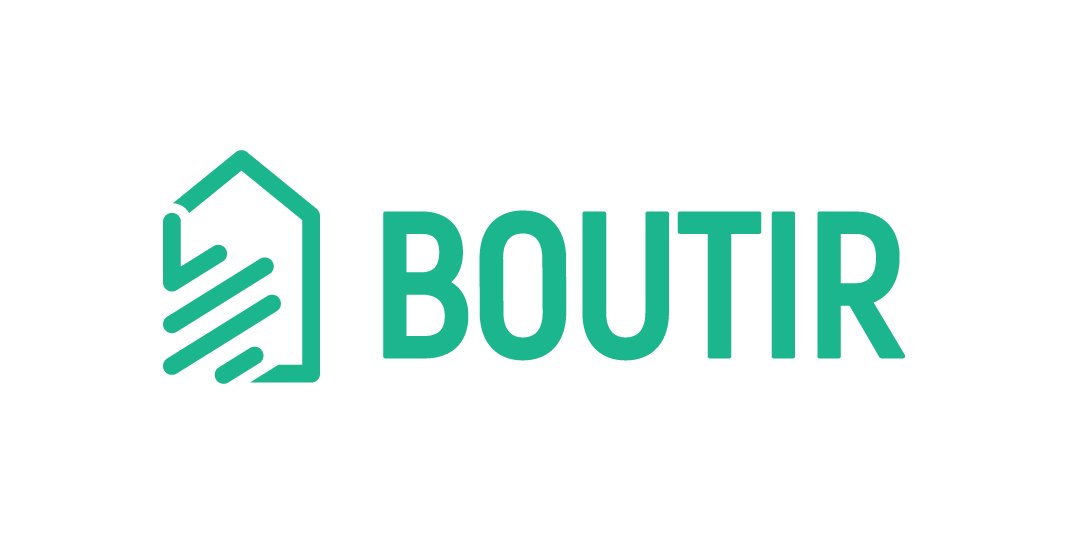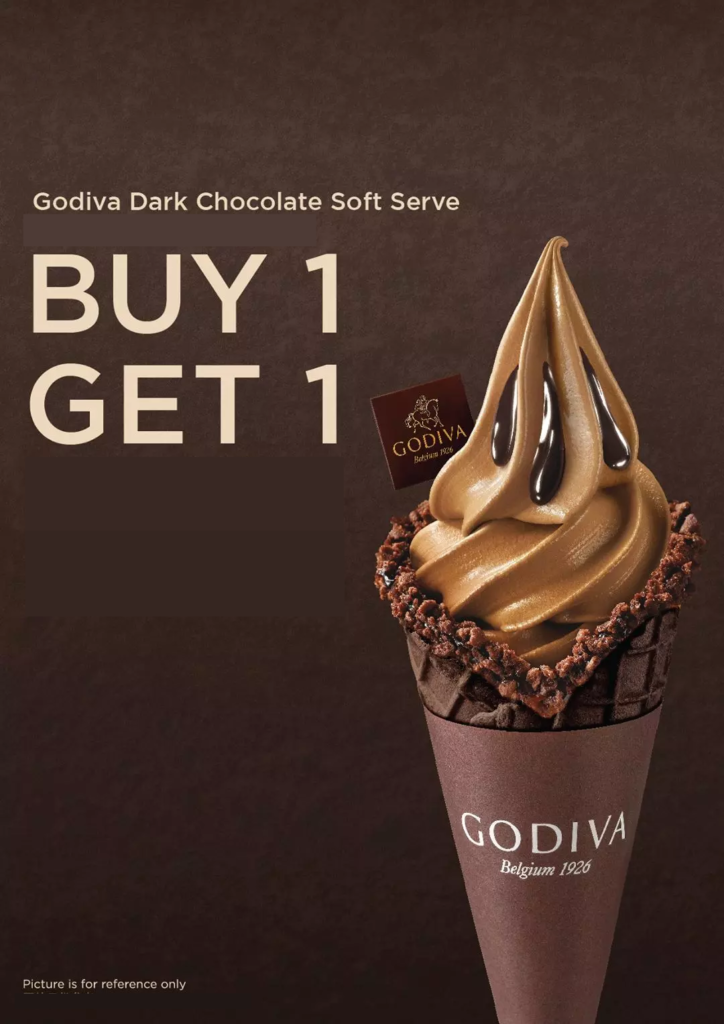On holidays, new product launch days, or other special days, many stores offer discounts to increase sales. Let’s use Pizza Hut as an example: They often offer half-price vouchers for purchases via PHD. They also held several ‘buy one get one free’ promos for the most popular menus via in-store or online purchases.
Looking at these examples, what do you think is the difference between a ‘buy one get one free’ and a ‘half price’ offer? Doesn’t ‘buy one get one free’ also mean that buyers only have to pay half price for one product? Well, although these two types of offers are similar, the psychological effect created in the buyer is different! In the following article, the differences between these two offerings will be discussed in-depth, so that you can choose the bidding option that best suits your business needs.
1. Buyer’s Perception
Promotions in the form of product discounts are one of the most commonly used types of offers. This can attract customers’ attention, reduce their consideration time to make a purchase, and increase overall store sales. However, if merchants often hold product discounts, customers will begin to suspect the value of the product and feel that the product is not worth its original price.
On the other hand, with the ‘buy one get one free’ promotion, because the price of the product is not discounted to be cheap directly, customers will not feel that there is a decrease in the value of the product. They will feel that they have got one product for free, and are encouraged to become loyal customers.
2. Promotional Purpose
Compared to a half-price discount promotion, a ‘buy one get one free’ promotion can make it easier for a store to attract the attention of potential buyers. Suppose an ice cream shop is holding a half-price discount promotion, many shoppers will only buy one ice cream when taking advantage of the promotion. But with the ‘buy one get one free’ promotion, shoppers will inevitably get extra ice cream and will have the opportunity to share it with others. The shop’s ice cream can also be tried by more people, allowing some of those try-ers to also become buyers in the future.
3. Risk Difference
As an explanation, let’s use the example of the ice cream shop again. Assuming that the price of one ice cream is $50 with a capital of $5, there will be three scenarios:
- Scenario 1: Sold at the original price – for every ice cream sold, the shop earns a net profit of $45 ($50 – $5)
- Scenario 2: Sold at half price ($25 for one ice cream) – for every ice cream sold, the shop earns a net profit of $20 ($25 – $5)
- Scenario 3: Sold in the form of ‘buy one get one free’ – for every ice cream sold, the shop earns a net profit of $40 ($50 – $10).
It can be seen that although the capital cost required for the ‘buy one get one free’ promotion is twice as much as the ‘half price’ promo, the total profit per product will be higher with the ‘buy one get one free’ promotion ($40). Since a half-price promotion does not necessarily guarantee an increase in sales volume, there is a risk of a decrease in the store’s total revenue. Thus, the risk of loss from a ‘buy one get one free’ promotion can be considered lower than that of a ‘half price’ promotion.
From the discussion on the comparison of promotions above, it can be concluded that the ‘buy one get one free’ promotion will be more effective in retaining buyers’ perceptions and capturing the attention of potential buyers. But that doesn’t mean that the ‘half price’ discount promotion has no benefits because not all products are suitable to be promoted to ‘buy one get one free’.
For example, in a home appliance store, because most households only need one microwave or refrigerator, if the store holds a ‘buy one get one free’ promo, it will be inconvenient for buyers to give or sell this extra equipment to other people. With the ‘half price’ promotion, they can immediately enjoy the benefits of the product and feel the kindness of the store.
In conclusion, although the ‘buy one get one free’ and ‘half price’ discounts are similar to each other, the psychological effect created by the buyer is very different. Each has its own advantages and disadvantages, and traders need to weigh these against their own business needs.
By the way, Boutir also provides other marketing tips such as a free gift promotion program! For more info, please read:
If you have any questions, please contact us at: https://m.me/boutir.sg




